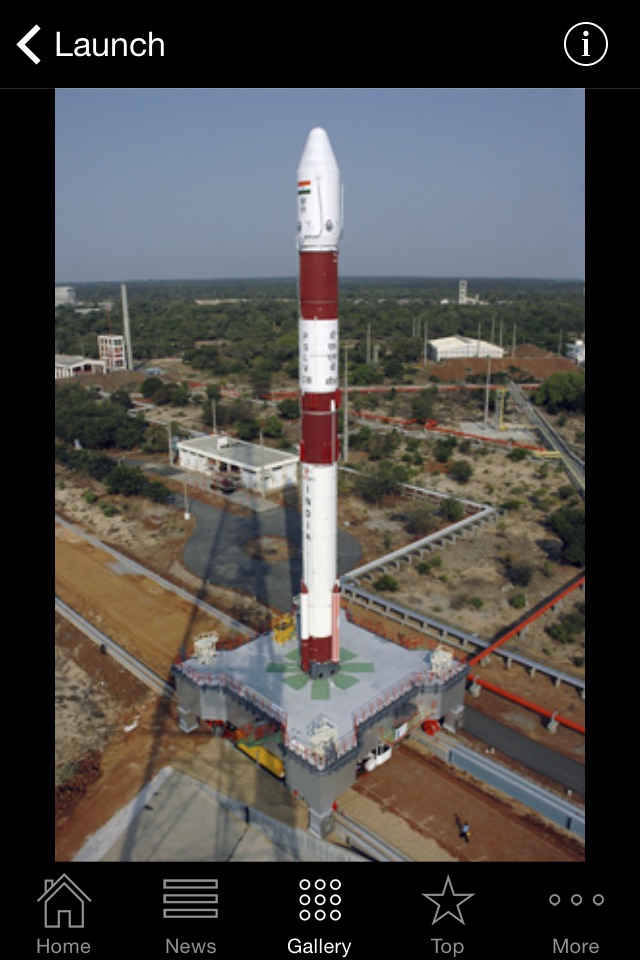
"AGILE: from Black Holes to the Earth"
AGILE is a satellite of the Italian Space Agency (ASI) dedicated to unveiling the most exciting mysteries of our Universe. Black holes, neutron stars, stellar explosions, very far galaxies from deep space and other exotic cosmic sources emit very energetic radiation (gamma-rays) that AGILE is able to detect in orbit.
Launched in 2007, the satellite is currently observing the Universe with many surprises and crucial discoveries. AGILE contributes also to the study of the Earth having detected hundreds of "terrestrial gamma-ray flashes" associated with lighnting in energetic thunderstorms. Their impact for the environment is under study. Thus, AGILE reaches the frontiers of our knowledge for both the remote cosmos and our planet Earth, a very important synergy for our society.
The AGILE project is the result of the collaboration between ASI, the Italian Institute of Astrophysics (INAF), and the Italian Institute of Nuclear Physics (INFN).
Several Italian universities participate in the program (Rome-1, Rome-2, Trieste, Pavia), as well as space companies including CGS, Oerlikon-Contraves, Thales-Alenia Space (ex Laben), Galileo Avionica, and Mipot.
This APP presents an overview of the AGILE exciting results: it is a window for exploring the most energetic phenomena of our Universe.
Developed by Nicolò Parmiggiani (Università di Modena e Reggio) in collaboration with INAF/IASF Bologna the AGILE App features different tabs:
1) NEWS: the most important news related to the AGILE space mission.
2) GALLERY: a collection of videos of the main discoveries, of photos of the satellite construction and launch campaign, and of maps showing the gamma-ray universe as seen by AGILE.
3) TOP: the most important scientific discoveries.
4) MORE: including the following sections:
4.1) Position: AGILE location in orbit (displayed in real-time).
4.2) ATEL/GCN: the complete list of the AGILE Astronomical Telegrams and GCN Circulars.
4.3) AT reserved section.



